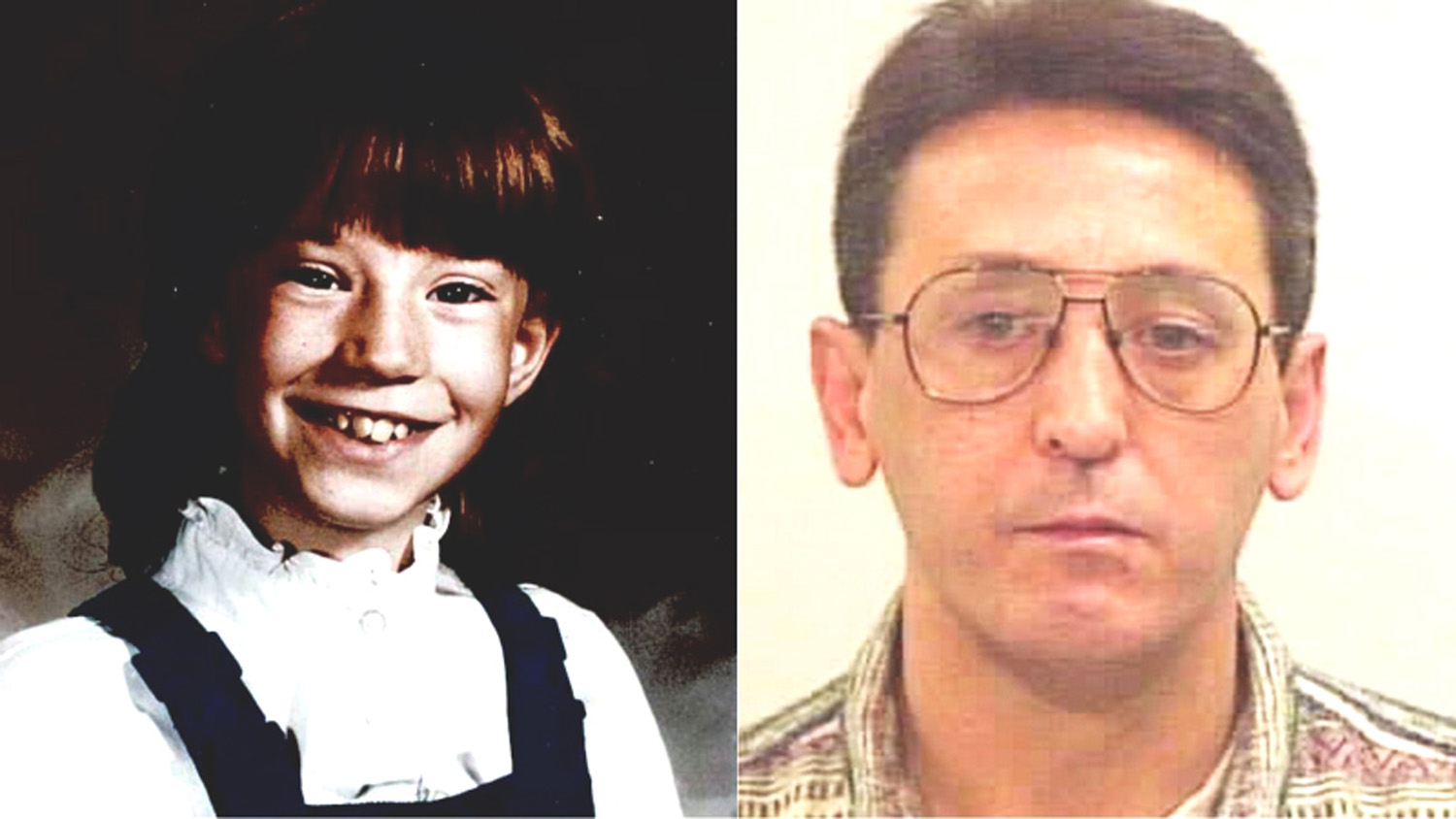The Crime
Oct. 3, 1984 – Christine Jessop went missing after purchasing bubble gum at a convenience store in Queensville, in York Region, 50 km north of Toronto.
Dec. 31, 1984 – Jessop’s partially-decomposed body found in a field near Sunderland, in Durham Region, about 56 km east of Queensville.
Jan. 1, 1985 – Durham Regional Police take over murder investigation from York Regional Police.
Feb. 14, 1985 – Durham Police first became interested in Guy Paul Morin after Jessop’s mother labelled her neighbour as “weird-type guy.”
April 22, 1985 – After several interviews with police, Morin arrested for Jessop’s murder
Jan. 7, 1986 – Morin’s murder trial begins in a London courtroom.
Feb. 7, 1986 – Trial by jury acquits Morin of Jessop’s murder.
March 5, 1986 – Morin’s acquittal was appealed by the Crown.
June 5, 1987 – Ontario Court of Appeal orders new trial against Morin.
Nov. 17, 1988 – Supreme Court of Canada denies Morin’s appeal of second trial.
May 28, 1990 – Second jury trial begins in case against Morin.
July 30, 1992 – Morin found guilty of first-degree murder at second trial and sentenced to life in prison.
Feb. 10, 1993 – Morin granted bond while awaiting outcome of his appeal.
Jan. 23, 1995 – DNA evidence eliminates Morin as suspect, acquitted of murder conviction.
February 1995 – Ontario attorney general’s office transfers Jessop’s murder case from Durham Regional Police to Toronto Police
June 26, 1996 – Lieutenant Governor ordered public inquiry into causes of Morin’s wrongful conviction.
Jan. 24, 1997 – Morin awarded $1.25 million in compensation from provincial government.
Oct. 9, 2020 – Toronto Police identify person responsible for Jessop’s murder using DNA and genealogical research.
Oct. 15, 2020 – Toronto Police name Calvin Hoover as Jessop’s killer.
The Criminology
I was in my first year of studying criminology when I was introduced with the notion of wrongful conviction. The notion grew my curiosity leading me to writing a paper for one of my courses on Wrongful Conviction in Canada. I was initially afraid of how I was going to write a ten-page paper on this topic quite naively thinking that there won’t be many cases discuss and cite. I was taken back to find the large number of wrongful convictions in Canada and names such as Donald Marshall and David Milgard has stayed with me since. It is a coincidence that years later I met David Milgard and since then we have established a good friendship with him coming to many of my lectures as a guest speaker. However, it was a bizarre coincidence that when taking a break from writing my paper on wrongful conviction that I picked-up a copy of the Vancouver Sun and read the words, Wrongfully Convicted Man Exonerated. The year was 1995 and the picture I was staring at was that of Paul Guy Morin, the person who was wrongfully convicted for the rape and murder of Christine Jessop. Paul Guy Morin was compensated in the amount of $1.25 million which is insignificant considering what he must have endured. While society, including myself, moved on and recited the name Paul Guy Morin in my lectures, the name Christine Jessop was largely, but not completely forgotten, thanks to relentless detectives and genetic genealogy.
On October 15, 2020 Toronto police announced that they had identified a suspect in the 1984 murder of nine-year-old Christine Jessop, they used a phrase that’s becoming more familiar to followers of cold cases: genetic genealogy. Investigators say the DNA investigative technique was used to identify Calvin Hoover as the man who sexually assaulted and stabbed Jessop to death all those years ago. Hoover has been dead since 2015 so no charges will be laid. He had committed suicide.
Using genealogy to identify a suspect is not so different from, say, looking for the birth parents of an adoptee. The process begins with a DNA sample, uploaded to a database like GEDmatch. In most cases, the only matches will be distant cousins, but skilled genealogists are able to map out family trees by cross-referencing shared bits of DNA with public records, obituaries, and social-media profiles. In criminal cases, law enforcement may also contact family members for information or additional DNA to narrow down possible hits.
While the semen sample, which was analyzed again this year, did not give an immediate match, the cutting-edge genetic genealogy tracing was able to create links with two “families.” Hoover, who had an unrelated criminal history, was never considered a suspect during the initial investigation but did come up as a person of interest, police added. Police said Hoover and his wife had a “neighbour acquaintance” relationship with the Jessop family at the time of her death and that he may have worked with her father. Investigating serious crimes takes place more in labs these days than in police station. Science is increasingly playing a huge role in the understanding of crime and criminology.






